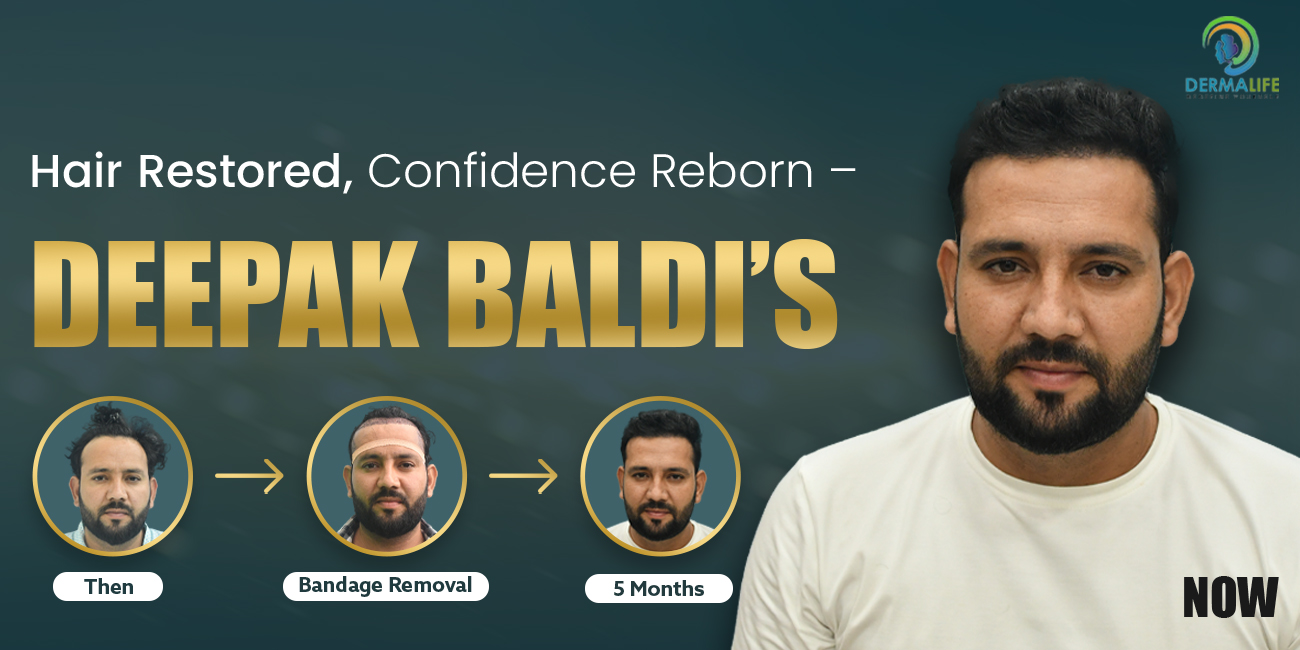Vitiligo is a skin condition where one develops white patches on the skin. The white patches are nothing but the skin losing its color. While some individuals may have almost negligible patches, others may have it all over their bodies. This skin condition can affect those areas of your body that you have seldom thought of. These may include the inside of your mouth, eyes, and even hair. In most of the cases, people with affected areas have the same discolored skin throughout their life. However, Vitiligo treatment in Delhi is possible with certain expert skin clinics.
What you should pay heed to?
Vitiligo is a photosensitive skin condition, which means that the discolored areas of the skin are more sensitive to sun rays than the ones that haven’t been affected. This skin condition can affect people of any age group, ethnicity, and gender. It is not a contagious skin condition. It is extremely hard to predict how Vitiligo may spread to other parts of your skin and at what levels. There is no cure for this skin condition as such and when we talk about Vitiligo treatment in Delhi, we just refer to de-pigmentation in extreme cases and exposure to UVB and UVA light.
Why does one develop Vitiligo?
Vitiligo appears on the skin when your skin loses melanocytes, the cells attributed to the production of melanin, the skin pigment. It is melanin that is responsible for providing color to the skin and protecting it from harmful UV rays of the sun.
Experts in Vitiligo treatment can help you overcome
It is important to understand that beauty isn’t subject to your skin color. You can be beautiful inside out with or without Vitiligo. That being said, experts in skin conditions at Dermalife can assist you with the best-in-class Vitiligo treatment in Delhi through proper medications, application, and counseling.
Frequently Asked Question
Depending on the size and location of the white patches, the patient's preferences, and the course of treatment, there are a number of choices for treating vitiligo. Typical vitiligo treatments include Topical corticosteroids found in creams or ointments that help promote repigmentation in the affected regions and reduce inflammation. These are frequently applied to mild vitiligo cases. Topical calcineurin inhibitors, such as tacrolimus and pimecrolimus, can be used to assist the skin repigmentation and reduce inflammation, particularly on the face and other sensitive parts of the skin.
PUVA therapy, the skin is exposed to ultraviolet A (UVA) light after ingesting the medicine psoralen. This mixture may encourage the skin's generation of pigment. NB-UVB therapy treats vitiligo by using a particular wavelength of ultraviolet B (UVB) radiation. It might work well for skin repigmentation. Excimer Laser treatment stimulates the development of melanin by applying concentrated UVB radiation to the white spots.
Surgical Procedures like skin grafting involves transferring healthy skin from one area of the body to the vitiligo-affected area. To make the white patches less obvious, tattooing can be used to match the colour of the surrounding skin. For best results, a combination of several treatments may be advised.
It is usually quite difficult to completely remove vitiligo white spots using natural therapies, and full repigmentation is not guaranteed. The complicated skin disorder vitiligo has an immunological component, and the skin's melanocytes—which produce pigment—are frequently destroyed, resulting in pigment loss. Although some vitiligo sufferers have experimented with various natural therapies and dietary modifications, their efficacy has not been scientifically validated, and individual outcomes may differ.
Make dietary adjustments to maintain healthy skin, try eating a diet high in antioxidants and vitamins including folic acid, vitamin C, and vitamin E. The potential of several plants, like Ginkgo biloba and Psoralea corylifolia (Bakuchiol), in the treatment of vitiligo has been investigated. For certain people, moderate sun exposure may aid in repigmentation stimulation. To avoid sunburn and other skin damage, it is essential to shield the skin from excessive UV light.
Applying natural things such aloe vera and coconut oil directly on white areas of skin will help calm it down as they may enhance the skin's general state.
Since the precise cause of vitiligo is unknown, it appears to be the result of a confluence of environmental, autoimmune, and genetic factors, making prevention of the condition impossible.
In regions of the skin where pigmentation loss is prone, protecting your skin from excessive sun exposure may help avoid the development of vitiligo. By engaging in stress-reduction practices like yoga, mindfulness, and meditation, you may be able to reduce the negative effects of stress on your skin health.
In addition to supporting general wellbeing, leading a healthy lifestyle that includes regular exercise, a balanced diet, and enough sleep may also positively impact skin health.
Consult a doctor right away if you observe any of the early symptoms of vitiligo, such as tiny white patches on your skin. Early detection and intervention can help control the illness and stop this from getting worse.
Although vitiligo cannot be avoided, sufferers can manage their symptoms and enhance their quality of life with the aid of early detection and suitable therapy.
Even after receiving effective treatment, vitiligo can occasionally return. It's critical to keep an eye on your skin and heed your dermatologist's advice for maintenance and prophylactic treatment.
The likelihood of recurrence varies from person to person and depends on several factors, including the individual's response to treatment, the extent of the initial pigmentation, and the underlying causes of vitiligo.





